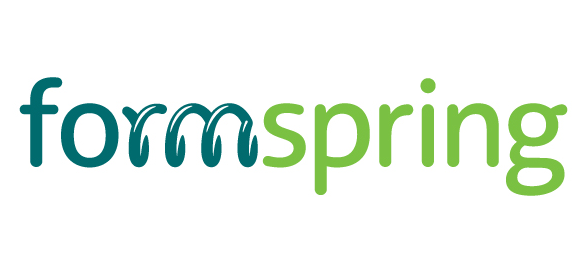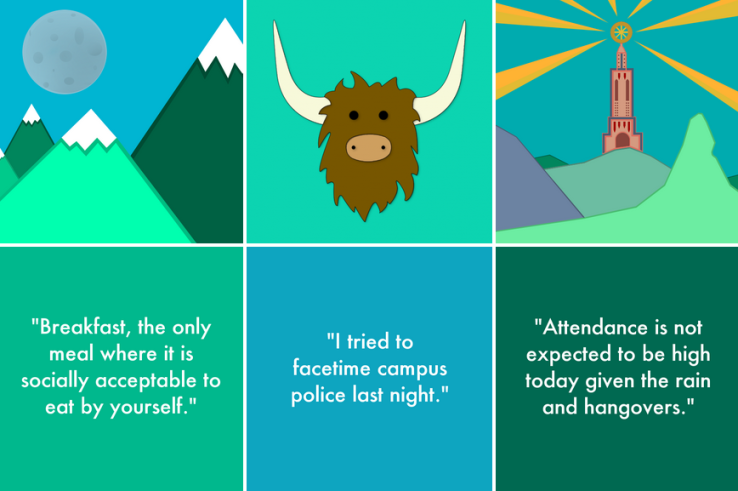What is Formspring?
Formspring is a social network for asking and answering questions. Questions and responses range from funny to insightful to thought-provoking. It can help friends get to know each other in a new way, but it can also enable cyberbullying through its anonymous question feature.
How do you sign up?
People sign in with their Facebook account or register with an email and birth date. Formspring is open to users 13 and over, but any minor's account will be removed if requested by their parent.
Who can ask/answer questions?
Questions might be asked of only one person, a group of friends, or the entire Formspring community. People who ask questions can choose to include their identity or hide it. Both questions and responses can include photos, videos, and links.














.png)
.jpg)
1.jpg)



